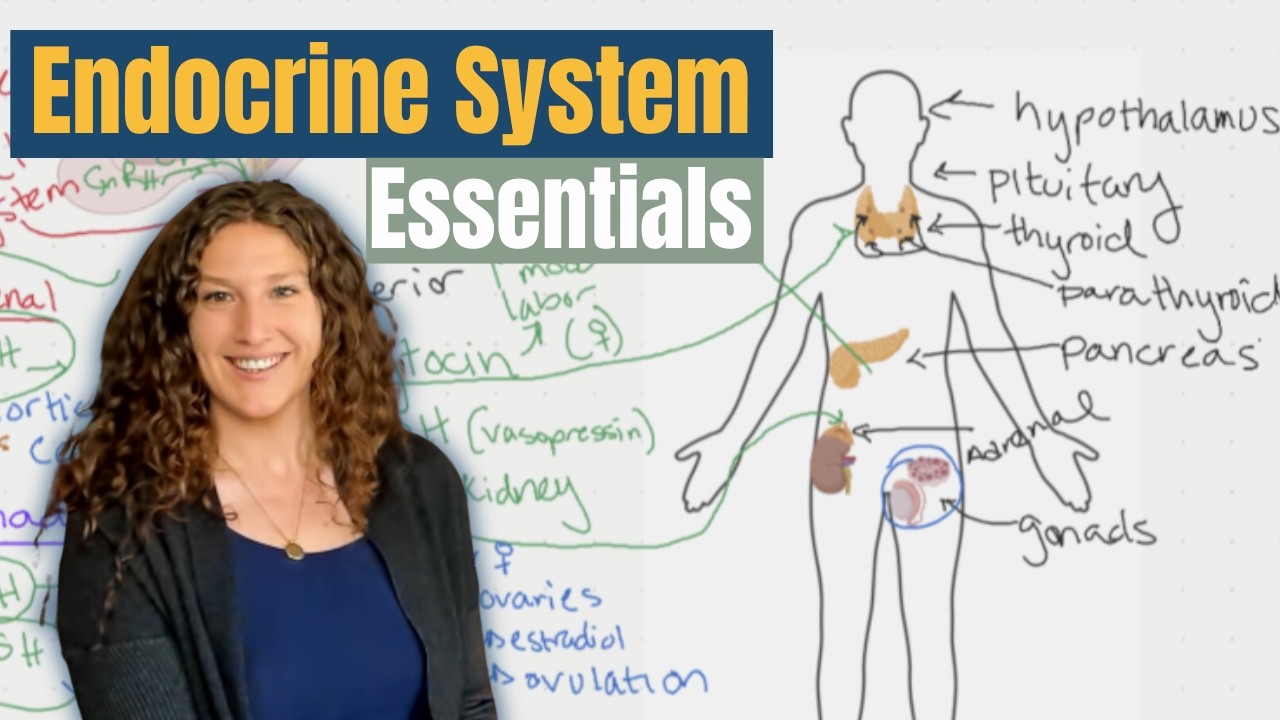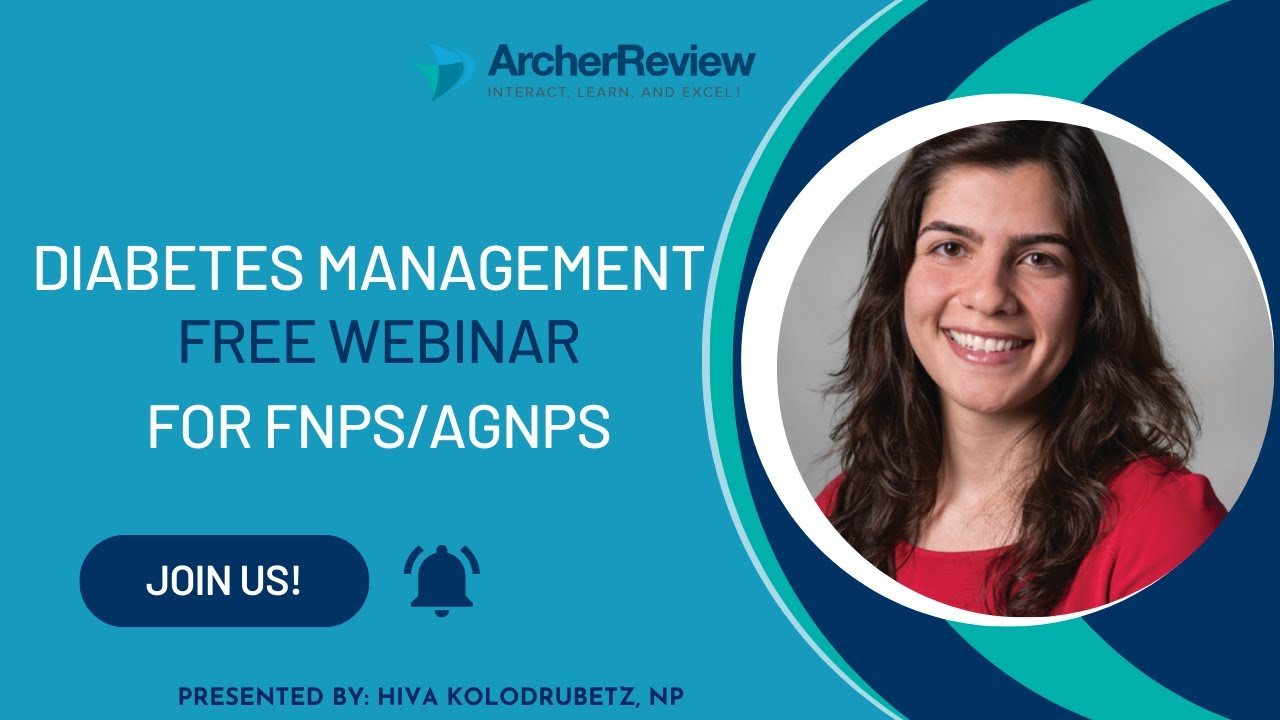Common meds may lower accuracy of test for Cushing’s syndrome
Reuters Health • The Doctor's Channel Daily Newscast
The well known “Dex-CRH” test involves administering low-dose dexamethasone (Dex) to suppress the secretion of corticotropin, followed by a corticotropin-releasing hormone (CRH) stimulation test.
But because the CYP3A4 enzyme system regulates dexamethasone metabolism, medications that interfere with CYP3A4 can confound the test results.
Dr. Beverly M. K. Biller and colleagues reviewed Dex-CRH tests performed on 101 patients, all of whom “had clinical and biochemical features of hypercortisolism but needed an additional confirmatory test, due to a history of depression or alcoholism, or urinary free cortisol from 1- to 3-fold above the upper limit of normal without classic physical features.”
For the Dex-CRH test, patients took 0.5 mg dexamethasone orally every 6 hours for 8 doses starting at noon. At 8:00 am 2 days later, ovine CRH was administered (1 mcg/kg, maximum 100 mcg, 2 hours after last dose of dexamethasone). Serum cortisol and plasma corticotropin were measured at 0 and 15 minutes.
For the study, which is reported in the December Journal of Clinical Endocrinology and Metabolism, test results were categorized by patient characteristics: “Meds” if patients were taking potentially confounding medications (n=54), or else “No Meds” (n=58). For the most part, the potentially interacting medications were statins, calcium channel blockers, and selective serotonin reuptake inhibitors or serotonin-noradrenaline reuptake inhibitors.
Overall, 112 tests were performed. Ultimately, 60 patients were diagnosed with Cushing’s syndrome and the rest with pseudo-Cushing’s syndrome.
Using the standard baseline post-test serum cortisol cutoff of 1.4 mcg/dL, the Dex-CRH test was significantly more specific in No Meds patients (96.1% vs 70%, p = 0.014), and sensitivity was nonsignificantly higher (85.7% vs 73.3%).
Using a 15-minute post-test cortisol cutoff of 1.4 mcg/dL, the sensitivity and specificity of the test were 93.1% and 92.3%, respectively, in the No Meds group — higher, but not significantly so, than in the Meds group. When a 1.8 mcg/dL cutoff at 15 minutes was used, “the difference between the No Meds and Meds specificity approached significance,” the authors said.
In patients taking confounding medications, sensitivity and specificity of the test fell with multiple medications. This effect was significant in the subset with pseudo-Cushing’s syndrome.
To maximize diagnostic accuracy, Dr. Biller’s team advises physicians to carefully consider drugs used by patients that may interfere with results of tests for hypercortisolemia.
“The use of confounding medications may explain some of the differences in the previously reported diagnostic accuracy of this test,” they conclude.
Reference:
J Clin Endocrinol Metab 2009;94:4851-4859.






